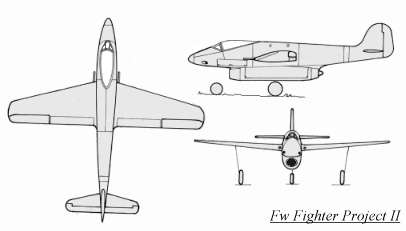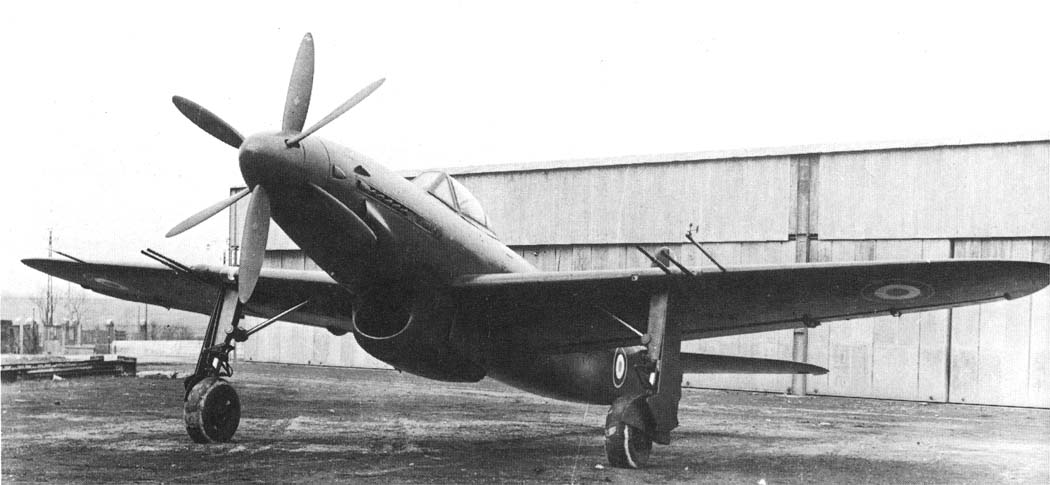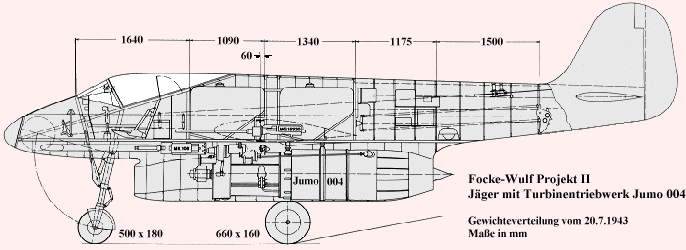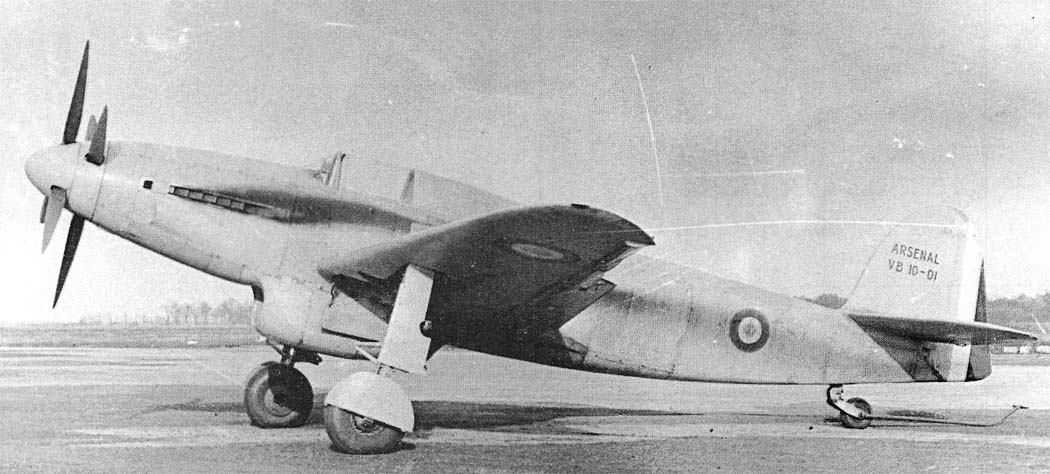The Horten Ho XVIII actually were 3 different projects made by Horten brothers in 1944 in order of RLM requirement for an aircraft with a range of 11000 km (6835 miles) and a bomb load of 4000 kg (8818 lbs). None of aircraft ever archived like that. Five of Germany's top aircraft companies had submitted designs, but none of them met the range requirements for this Amerika Bomber. Horten are one of these company The Hortens were not invited to submit a proposal because it was thought that they were only interested in fighter aircraft.
The Horten brothers realised the failures and redesign the aircraft modified with 6 jumo 004 turbojet and 2 mg turret to protect the aircraft. When the meeting with Messerschmitt and Junkers engineers were helded. These engineers feel unsatsifactory with the first design-the Ho XVIIIa. After that Reimar-one of the Horten brothers feel unhappy and redeisgn it again with 2x He S011 jet engines in each of two fixed main landing gear assemblie. The prototype was proposed to test in the end of 1945 but the Allies advance was too fast and in May 1945, German surrender ended the project
This site is about unbuilt and cancelled aviations projects. It provides you with info about these projects like specifications, history, etc. And also talks about avionics like engines, armaments for military aircrafts, and equipments like radar, nuclear reactor, etc.
Monday, July 5, 2010
Focke Wulf P II jet project
 The P II was a second of the Kurt Tank jet fighter project which was intended to give to the RLM(Reich air ministry) in 1943. The wings were mounted mid-fuselage and had a slight sweep on the leading edge and straight trailing edges. A single Jumo 004B turbojet were slung beneath the fuselage The main advantage was to facilitate maintenance.But there are many other disadvantages on this design, such as the nose wheel blocking the intake on takeoff and landing, foreign matter being sucked into the intake since it was so close to the ground and the destruction of the jet engine in case of a belly landing.Armarments considered to be 2x MK 108 cannons in the nose and 2x MG151 in the wing roots. Because of it disadvantages the project was not followed up and cancelled
The P II was a second of the Kurt Tank jet fighter project which was intended to give to the RLM(Reich air ministry) in 1943. The wings were mounted mid-fuselage and had a slight sweep on the leading edge and straight trailing edges. A single Jumo 004B turbojet were slung beneath the fuselage The main advantage was to facilitate maintenance.But there are many other disadvantages on this design, such as the nose wheel blocking the intake on takeoff and landing, foreign matter being sucked into the intake since it was so close to the ground and the destruction of the jet engine in case of a belly landing.Armarments considered to be 2x MK 108 cannons in the nose and 2x MG151 in the wing roots. Because of it disadvantages the project was not followed up and cancelledReferences
http://www.luft46.com/fw/fwpiib.html
Diagram of the P II
Arsenal VB-10
The Arsenal VB-10 was a French Tandem engines fighter prototypes developed during and shortly after World War II. It was a monoplane with largely orthodox configuration and retractable tailwheel the VB 10 added a second engine behind the cockpit which drove a second propeller, coaxial with and counter-rotating to the propeller driven by the engine in the nose. Although the aircraft was first designed (and indeed ordered) in 1940, but because of French occupation, the aircrafts could not flown until Europe was freed .But then, the Amee de air changed their favor on the jet technology and age of piston engine was over so the project was cancelled in 1948 and all 6 prototypes were scrapped.
Specification
General characteristics
Specification
General characteristics
- Crew: one, pilot
- Length: 12.98 m (42 ft 7 in)
- Wingspan: 15.49 m (50 ft 10 in)
- Height: 5.2 m (17 ft 1 in)
- Wing area: 35.5 m² (382 ft²)
- Powerplant: 2 × Hispano-Suiza 12Zars-15/16, 860 kW (1,150 hp) each

- Maximum speed: 700 km/h (435 mph)
- Range: 7,700 km (1,056 miles)
- Service ceiling: 11,010 m (36,120 ft)
- Rate of climb: 10.2 m/s (2,008 ft/min)
- 4 × 20 mm Hispano Suiza HS-404 cannons
Subscribe to:
Posts (Atom)

